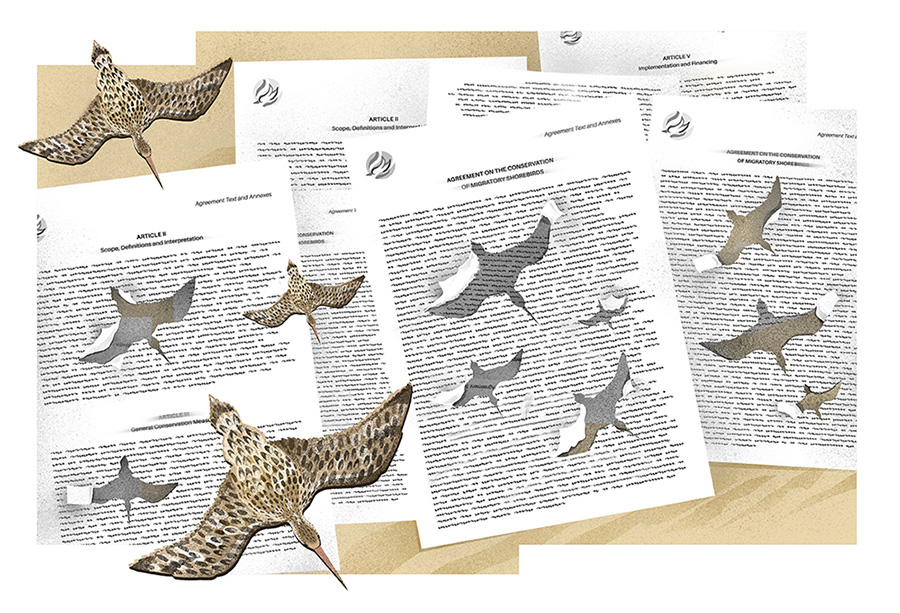Humans are modifying the planet at an alarming rate and are pushing many species to the brink of extinction. However, some species appear more vulnerable to extinction than others. To understand why some groups face higher extinction risks, we need to know how different groups have survived through environmental changes during their evolution.
Underground (fossorial) environments are comparatively more stable and thought to remain relatively unaffected by above-ground environmental fluctuations. However, it’s been shown that snakes that live underground evolve into new species at slower rates and experience higher extinctions compared to above-ground snakes (Bars-Closel et al., 2017; Cyriac and Kodandaramaiah, 2018). But how does living in a relatively stable environment lead to more extinctions? Fluctuations in climate are one factor that has been shown to influence extinctions in many organisms. Can the above-ground climate influence the evolution of fossorial species? Is it that fossorial snakes are so specialised in their underground environment, that they cannot adapt to sudden changes in their environment?
To address this, we (Cyriac and Kodandaramaiah, 2017) focused on shieldtail snakes (Family Uropeltidae), a group of highly specialised fossorial snakes found in the forests of peninsular India and Sri Lanka. Using DNA obtained from tissue samples, we built a phylogenetic tree that reconstructs the relationships between species and estimated the time at which different shieldtail species evolved. Using this tree, we estimated the rates at which new species arise and go extinct, which together (termed diversification) determines the total number of species in any family/lineage. We found that diversification rates were strongly correlated to above-ground temperatures over the 55 million years since shieldtail snakes evolved. We further found that a sudden increase or decrease in global temperature was correlated with higher extinction. Overall diversification also reduces in association with contraction and fragmentation of forest habitats that started from the late Miocene around 11 million years ago.
Our study highlights how rapid environmental fluctuations can negatively influence the evolution of fossorial taxa like shieldtail snakes. Shieldtail snakes, being highly specialised in their fossorial environments, may not be able to adapt to rapid environmental changes, and this raises concerns regarding how such species may cope with the present rate of climate change.
Uropeltis madurensis, a species of the family Uropeltidae that is restricted to the Southern Western Ghats of India.
Further Reading:
Bars‐Closel, M., T. Kohlsdorf, D. S. Moen and J. J. Wiens. 2017. Diversification rates are more strongly related to microhabitat than climate in squamate reptiles (lizards and snakes). Evolution 71(9): 2243-2261.
Cyriac, V. P. and U. Kodandaramaiah. 2017. Paleoclimate determines diversification patterns in the fossorial snake family Uropeltidae Cuvier, 1829. Molecular phylogenetics and evolution 116: 97–107.
Cyriac, V. P. and U. Kodandaramaiah. 2018. Digging their own macroevolutionary grave: fossoriality as an evolutionary dead-end in snakes. Journal of evolutionary biology 31(4): 587–598.






